Ask Ethan: Why does space seem black?
- Transfer

Sometimes the simplest questions and the answers to them generate deepest insights. Among the questions sent to our heading were many excellent and interesting, but this week the reader is asked to take the honor of receiving an answer asking about the abyss of deep space:
Can the cosmos that we see at night be black, because a person is not able to see very far?
In other words, why is the night sky so dark and devoid of light?
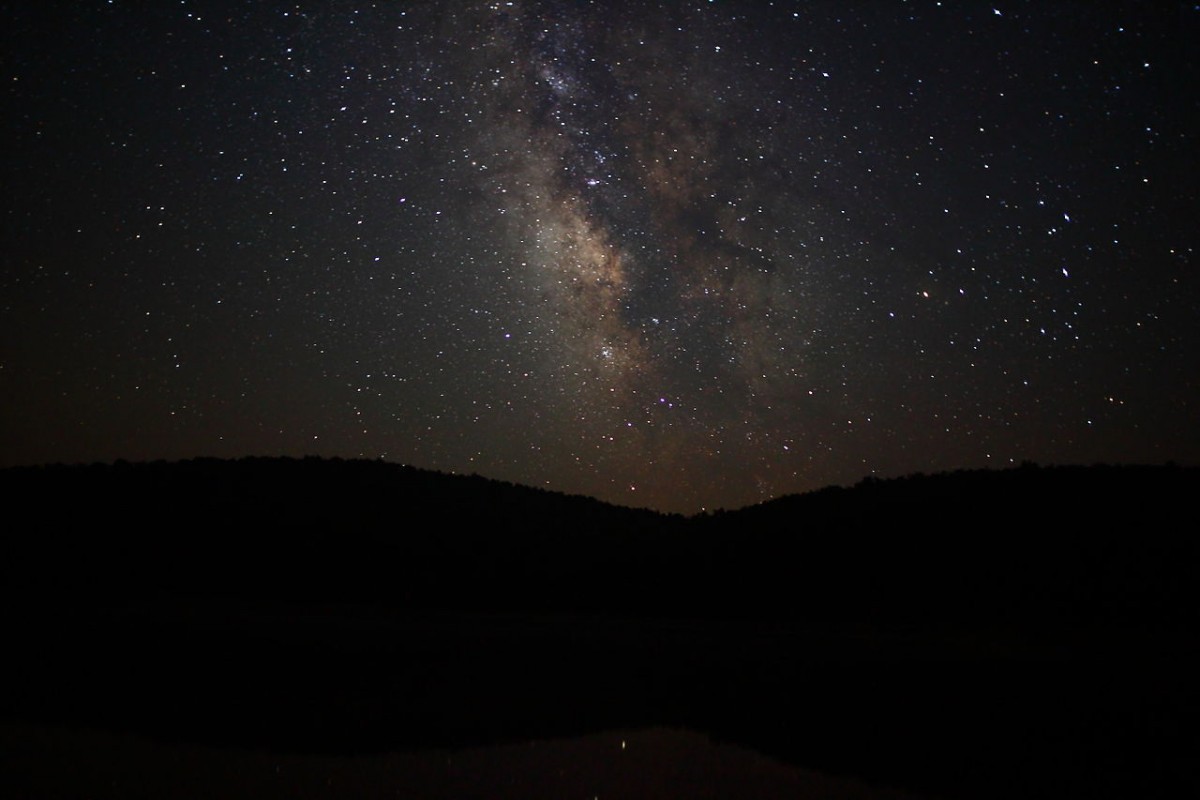
If you think it makes no sense. And the truth is, because our atmosphere is transparent, it allows us to look into the depths of space, when the sun is located on the other side of our world. Due to our location in the galaxy, only part of the Universe is hidden from us by galactic gas and dust blocking the light of the central parts of the Milky Way. But if we lived in a truly infinite Universe, then in any direction of gaze through a sufficiently large distance, we would certainly run into a bright point of light.
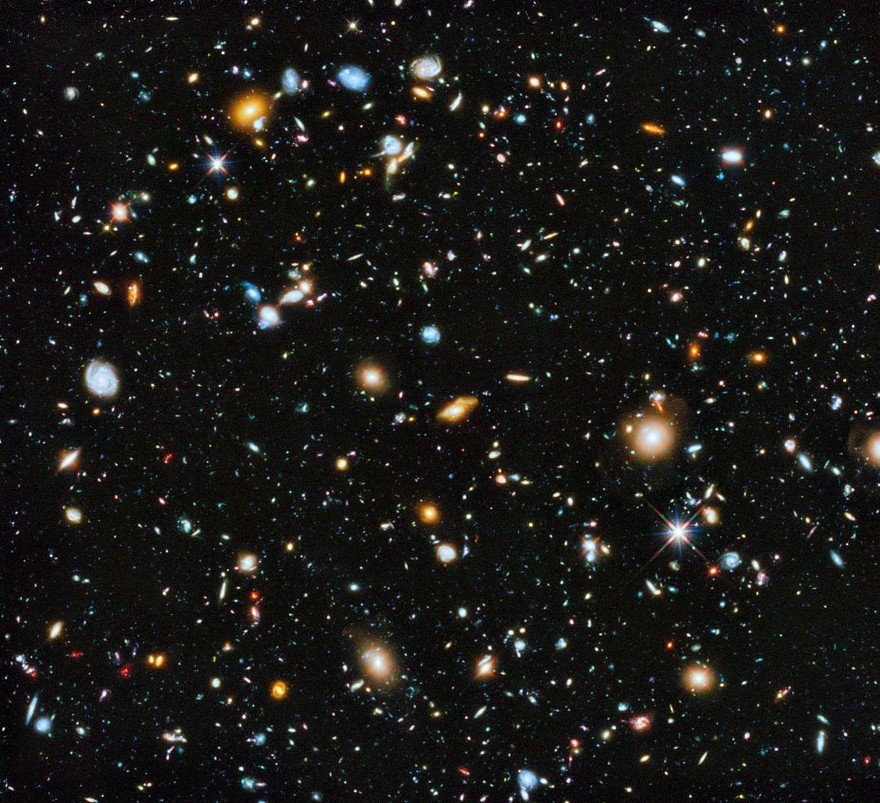
Of course, we can look into the deepest depths of space, where neither stars, nor galaxies, nor with the naked eye, nor through ordinary telescopes can be seen - we can force them to a telescope. Hubble to look at such points for hours and days. After that, we discover that the universe is actually filled with stars and galaxies. Millions, billions and tens of billions of years the light travels through the universe and comes to our equipment. A set of a sufficient number of photons from such a huge distance may take time, but since the observable part of the Universe contains at least 170 billion galaxies, one may wonder whether their number is infinite.
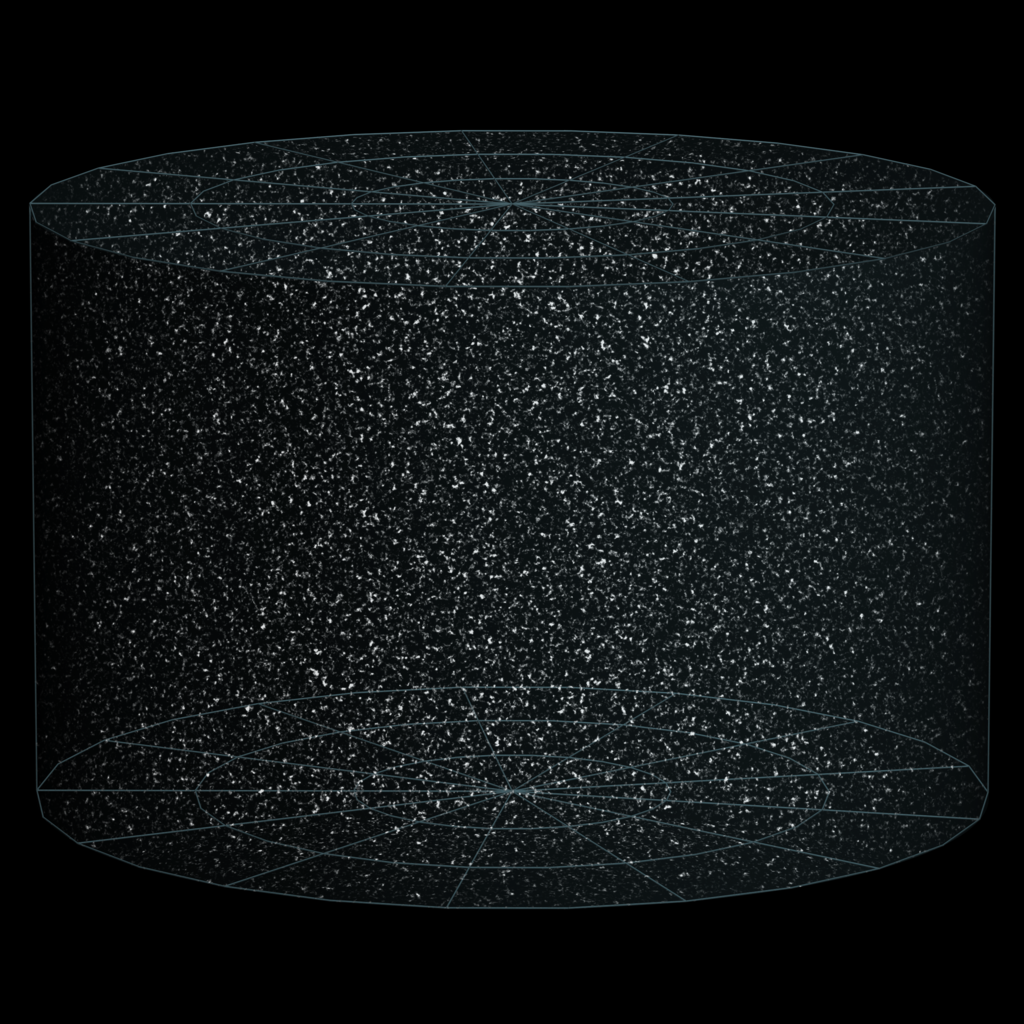
In principle, this is possible, but the amount we see cannot be infinite only. In the XIX century, Heinrich Wilhelm Olbersrealized that if the universe were really infinite, and there were infinitely many stars in it, then sooner or later, wherever you look, your eyes would come across the surface of a star. You would not see galaxies as we see them, since they are mainly composed of emptiness. You would see all these stars, plus all the stars in the galaxies behind them, plus still more distant stars, etc. Pass in a straight line billions, trillions, quadrillions of light years - sooner or later you will come to a star.
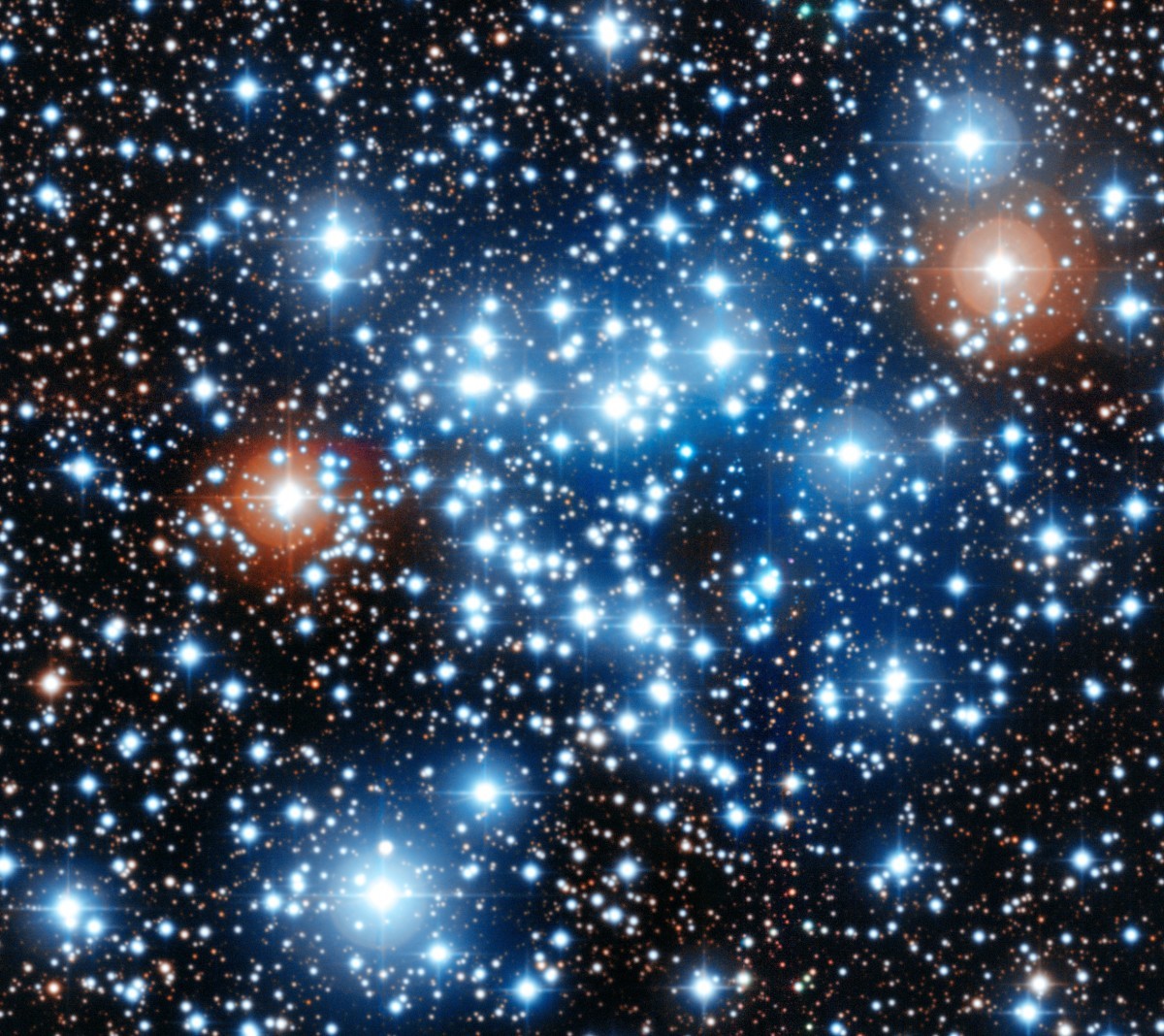
Simple mathematics: if you take infinite space with a finite non-zero density of matter, then looking from any place in any direction, sooner or later you will come across this substance at a finite distance. If space is filled with stars, albeit rarely, but infinitely, and with the same density, then you will stumble upon a star, no matter where you look. And to avoid this, dumping everything on the dust absorbing light, will not work.
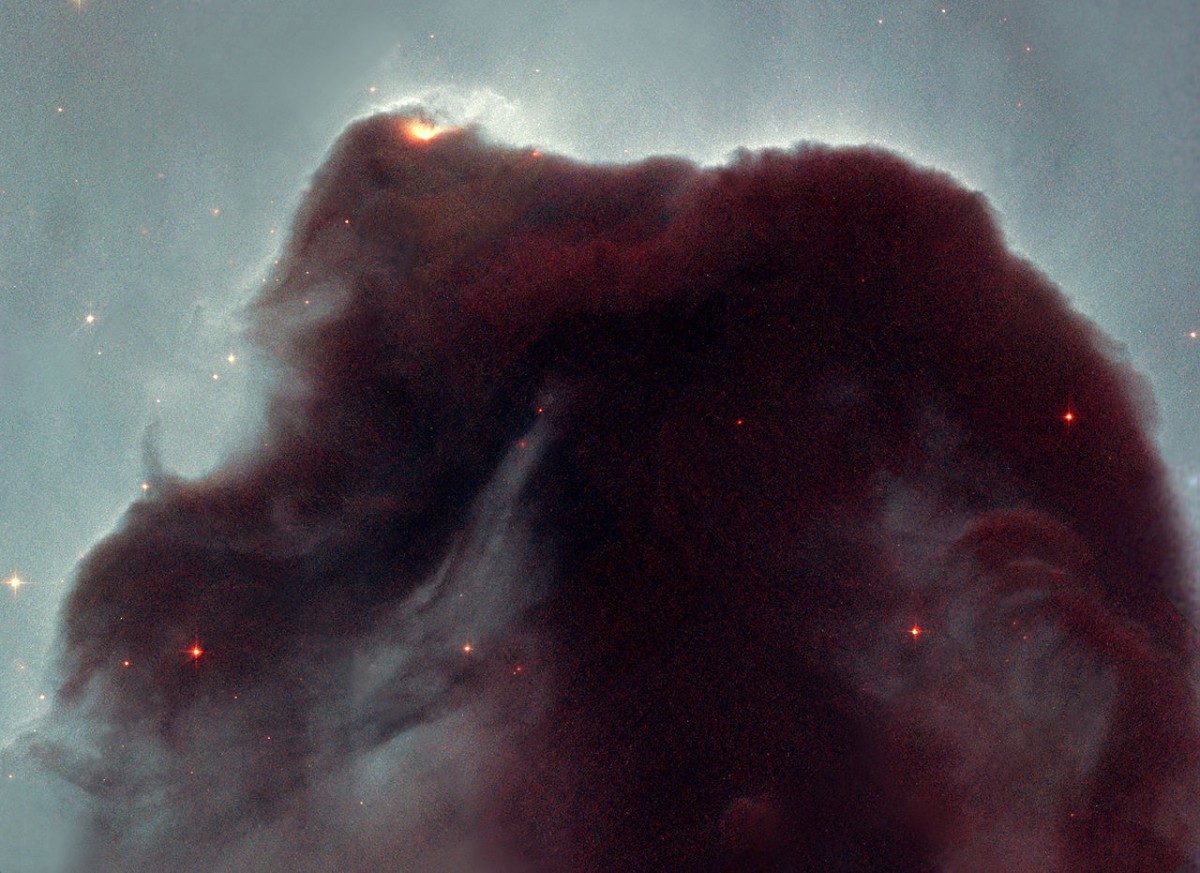
The mathematical theorem, which states that the light of stars from all directions will reach your location sooner or later, applies to all parts of space, including dust. Over time, this dust will heat up so that it also starts to glow. If this was our Universe - static, infinite, with infinitely luminous stars - the night sky would forever be bright.
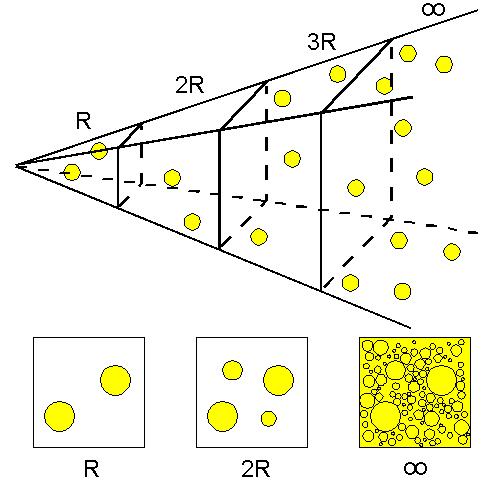
What saves us? Believe it or not, but believe it is the Big Bang! The fact that the Universe does not exist forever, and therefore we can see only stars and galaxies that are at a finite distance from us — and receive a finite amount of light and energy from them — explains why no large number of stars are observed in our night sky . Of course, there are enough points of light scattered throughout the universe. But the amount we see, limited by the speed of light and the physics of the expanding universe, of course. Most likely, the Universe is much larger, there are more stars and galaxies in it outside our gaze, but they cannot illuminate our sky, since not enough time has passed since the Big Bang to bring their light to us. The universe may be infinite, but we can only see the light that went 13,
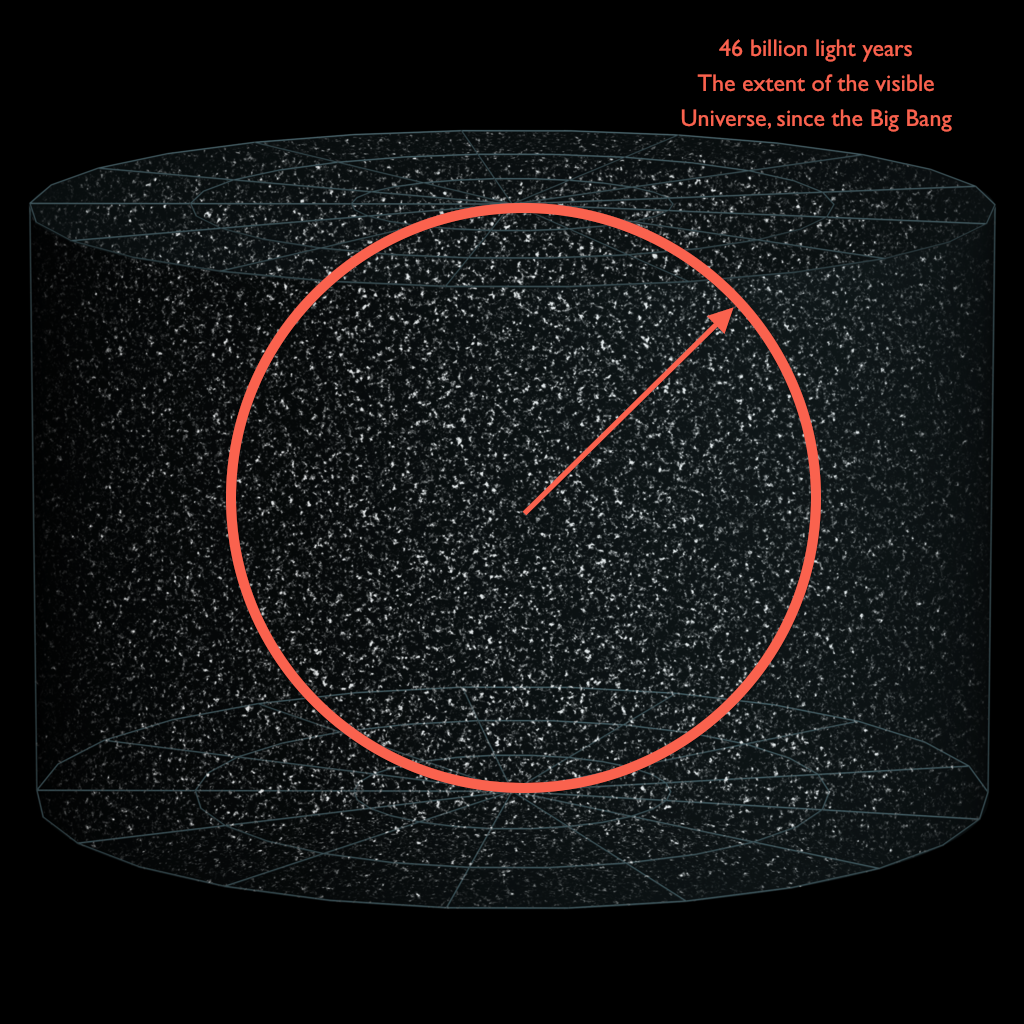
“Wait a minute,” you could argue, “the Big Bang says that the Universe was hotter and denser in the past, so today we have to see all the radiation of this state in all directions!” And it was so, before the first stars and galaxies appeared; 13.8 billion years ago, the universe was so hot that neutral atoms could not arise in it. And when neutral atoms formed, the light was able to freely travel in straight lines, and today it must reach our eyes constantly and from all directions.
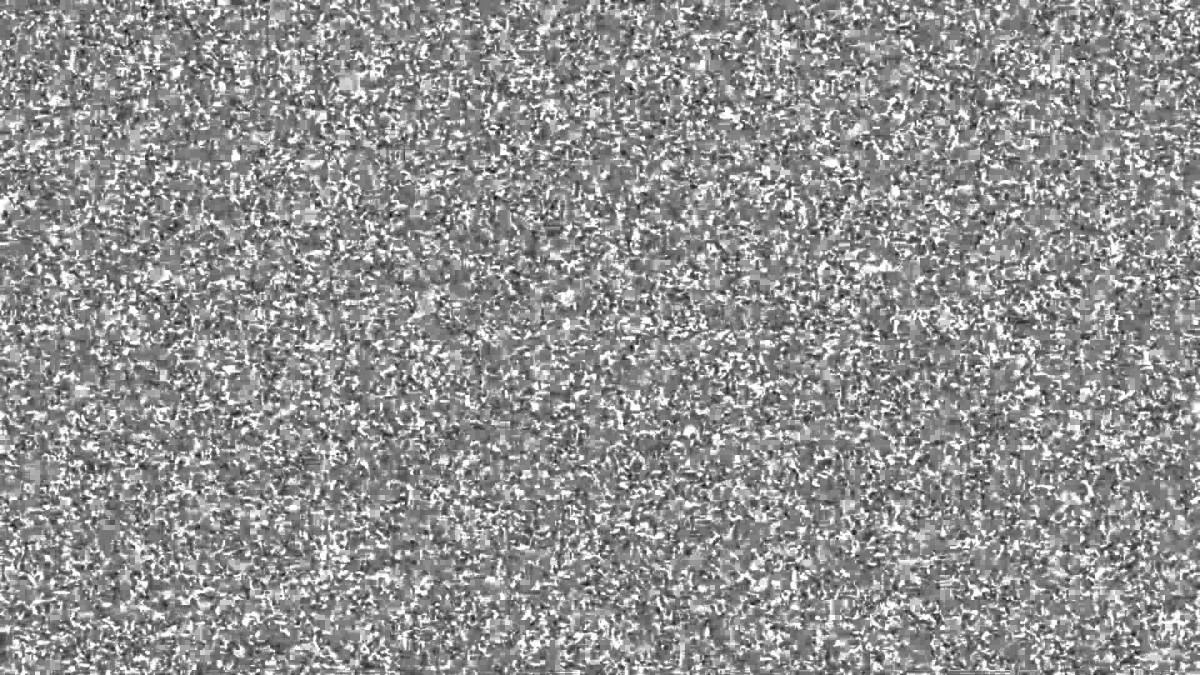
Approximately 1% of television static is the background radiation.
And we actually see and accept this light, every time we turn on an old analog TV on the 3rd channel. The “snow” that you see comes from various sources - human radio broadcasts, the Sun, black holes, and all sorts of other astrophysical phenomena. But about 1% of it comes from the residual glow of the Big Bang: from the CMB. If we could look into the microwave and radio wave parts of the spectrum instead of the visible part, we would see the night sky at about the same brightness, without dark areas.
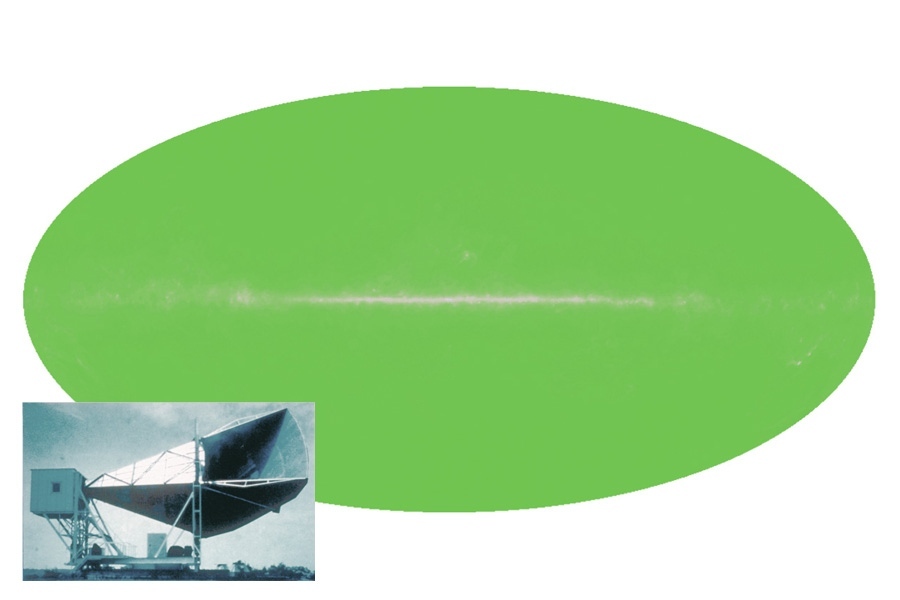
It is a combination of two facts:
1. The Universe exists for a finite time,
2. we can only see the light of the visible part of the spectrum,
makes the night sky dark. The only reason why we see in the night sky exactly what we see is that the light of our sun is in the area of several thousand kelvins, so we see all this: stars, galaxies, and objects reflecting the light of the sun. If we could see in the spectrum of several Kelvin units, the whole night sky would be bright for us. In a sense, it was the limitations of our senses that inspired us to study the Universe!
